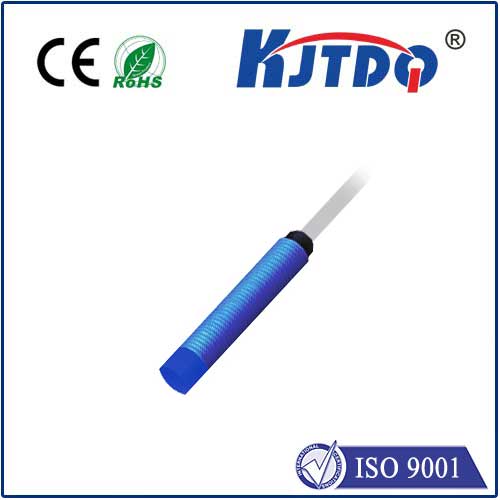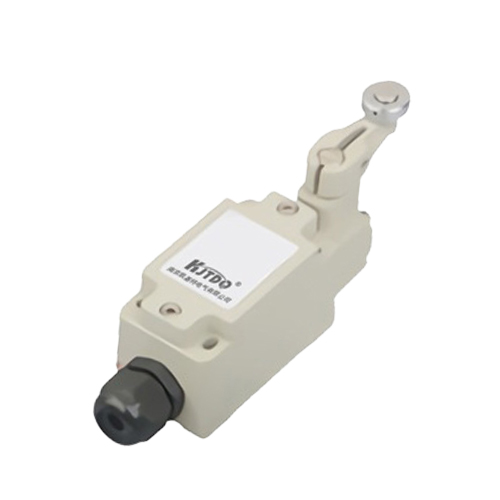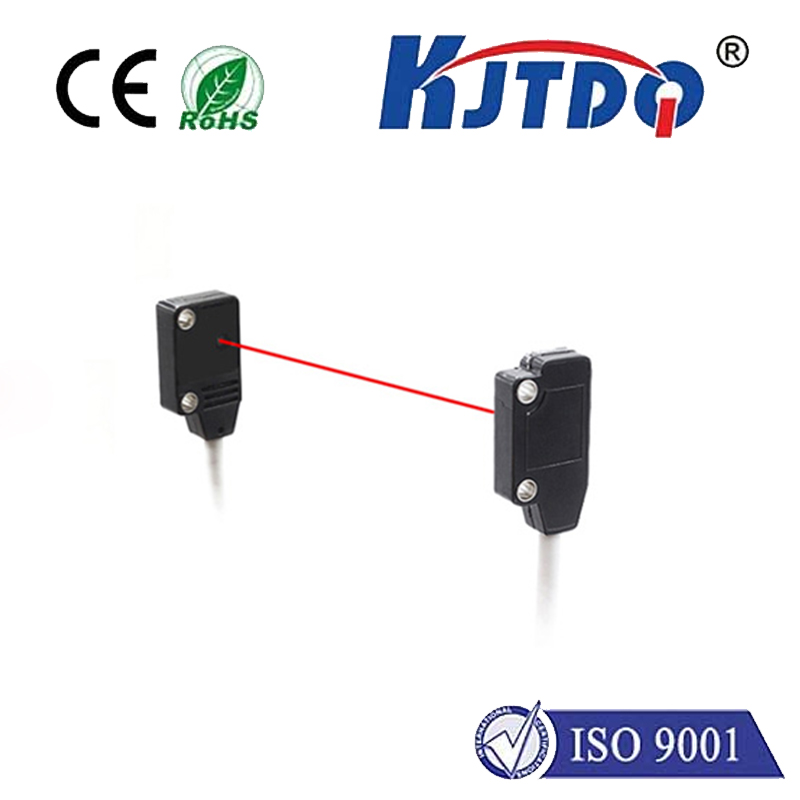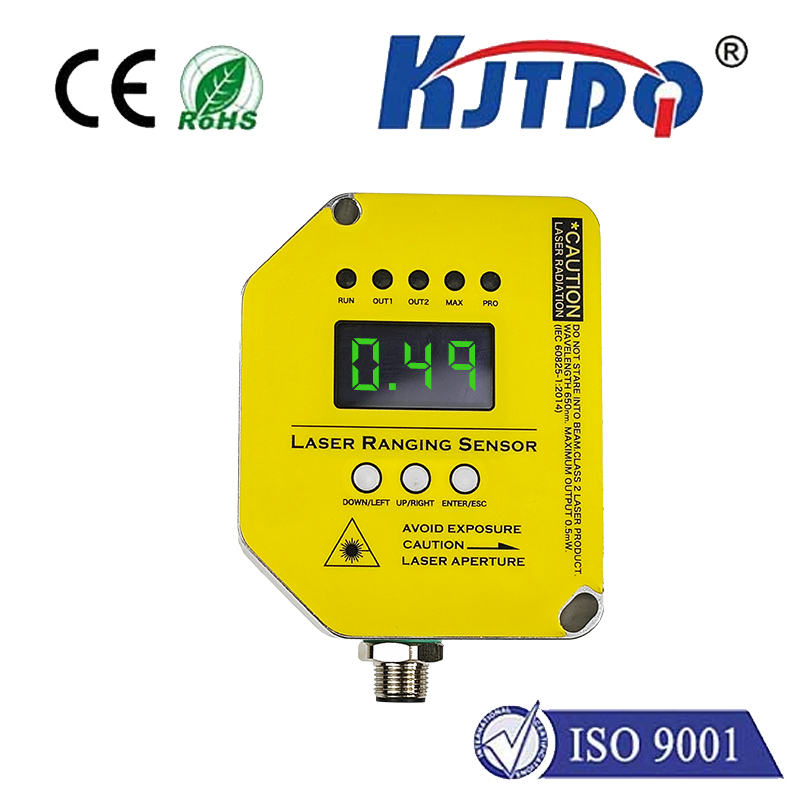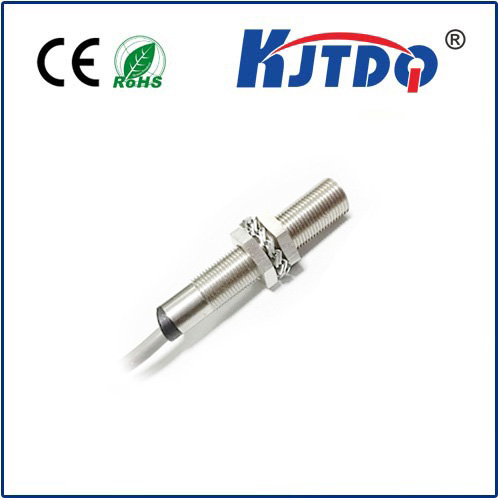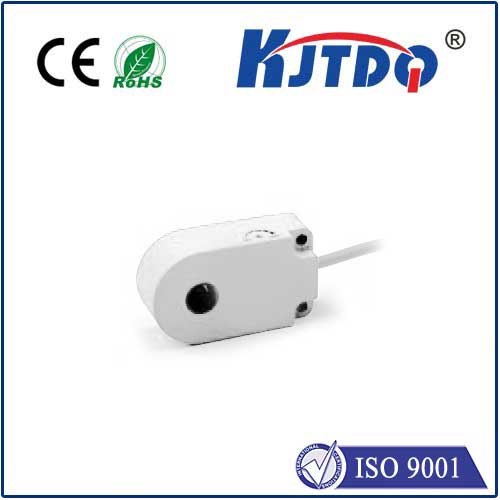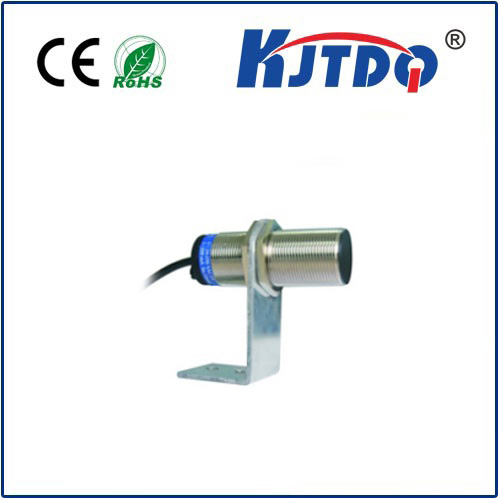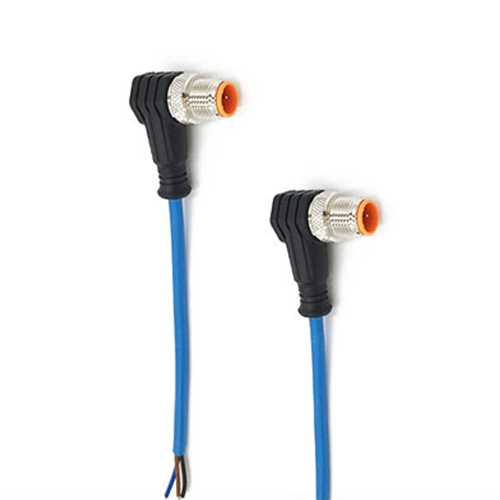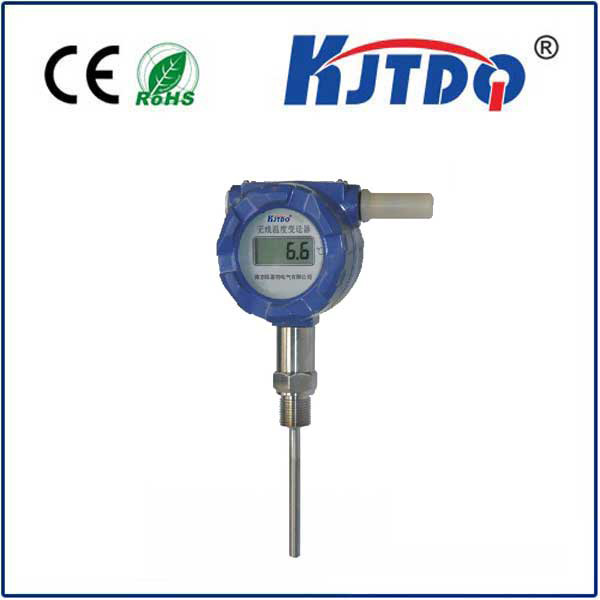

check

check

check

check
Imagine a robot smoothly navigating a cluttered warehouse, effortlessly avoiding obstacles, or a robotic arm precisely picking components off a moving conveyor belt without collisions. This level of autonomy hinges critically on one thing: the robot’s ability to sense its immediate surroundings. This is where proximity sensors become indispensable, and simulating them accurately is paramount before deploying real hardware. CoppeliaSim (formerly V-REP) stands out as a premier robotics simulation platform, offering powerful and flexible tools for integrating and testing proximity sensors within complex virtual environments. Mastering proximity sensors within CoppeliaSim unlocks the potential to design, test, and refine robotic behaviors safely and efficiently.
Understanding the Virtual “Sense of Touch”: What are Proximity Sensors?
In the real world, proximity sensors detect the presence, absence, or distance of nearby objects without physical contact. They come in various forms (infrared, ultrasonic, capacitive, inductive) and are fundamental for tasks like obstacle avoidance, object detection, positioning, and safety mechanisms. Within CoppeliaSim, these real-world devices are emulated through sophisticated virtual counterparts. Simulated proximity sensors essentially act as the robot’s virtual “feelers” or “eyes”, constantly probing the environment defined in the simulation scene. These sensors trigger or provide distance data when virtual objects (modeled as collidable shapes or meshes) enter their predefined detection zone (volume or ray).
CoppeliaSim’s Toolkit for Proximity Sensing
CoppeliaSim excels by providing a comprehensive suite of sensor models specifically designed for robotics simulation. For proximity detection, it offers several key sensor types:

Vision Sensors (Implicit Proximity): While primarily for cameras, vision sensors can be used for proximity-like tasks. By analyzing the depth channel (Z-buffer) of the rendered image, you can determine distances to objects within the camera’s frustum. This is computationally heavier than dedicated proximity sensors but offers a different perspective.
Collision Objects: Though not sensors per se, marking objects as “collidable” and attaching scripts that detect collisions between specific object pairs effectively creates a contact sensor – a special case of proximity detection where the distance threshold is zero.
Configuring and Leveraging Proximity Sensors in CoppeliaSim
Integrating a proximity sensor effectively involves several steps:
collidable collections in the scene. Assign these collections to both the proximity sensor’s detectable entities and the objects you want it to sense. This ensures the sensor only reacts to relevant objects.sim.getFloatSignal or sim.getIntegerSignal after enabling the sensor to emit signals on detection or distance readings. Clean and efficient.sim.readProximitySensor within child scripts attached to the sensor or robot model.Why Simulate Proximity Sensors in CoppeliaSim?
The advantages of virtual prototyping with proximity sensor CoppeliaSim setups are compelling:
Typical Applications: Bringing Simulations to Life
Simulated proximity sensors in CoppeliaSim empower countless robotics applications:
Best Practices for Effective Simulation
To maximize the realism and utility of your proximity sensor CoppeliaSim models:
Shape is respondable/detectable). Use precise collision shapes (octrees, convex decompositions) for complex meshes to avoid unrealistic detections or misses.Mastering the implementation and utilization of proximity sensors within CoppeliaSim is a fundamental skill for aspiring and experienced roboticists alike. It provides an indispensable bridge between theoretical control algorithms and reliable real-world robot behavior. By leveraging CoppeliaSim’s versatile tools for virtual sensing, engineers and researchers can design smarter, safer, and more capable robots, significantly accelerating the development cycle and boosting confidence before physical deployment.

